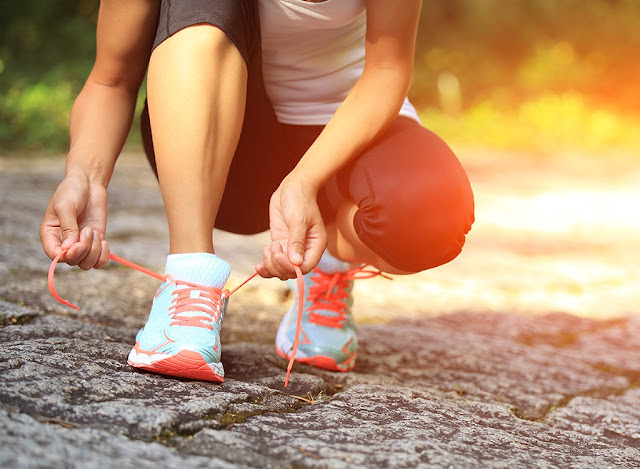Relaxation techniques for stress relief
Relaxation can help to relieve the symptoms of stress. It can help you calm down and take a step back from a stressful situation.
Although the cause of the anxiety won�t disappear, you will probably feel more able to deal with it once you've released the tension in your body and cleared your thoughts.All relaxation techniques combine breathing more deeply with relaxing the muscles.
Don't worry if you find it difficult to relax at first. It's a skill that needs to be learned and it will come with practice.
Yoga and tai chi are both good forms of exercise that can help to improve breathing and relaxation.
Relaxed breathing
Practise deep breathing at a regular time and in a quiet place where you won�t be disturbed. Loosen or remove any tight clothes you have on, such as shoes or jackets. Make yourself feel completely comfortable.
Practise deep breathing at a regular time and in a quiet place.Sit in a comfy chair which supports your head or lie on the floor or bed. Place your arms on the chair arms, or flat on the floor or bed, a little bit away from the side of your body with the palms up. If you�re lying down, stretch out your legs, keeping them hip-width apart or slightly wider. If you�re sitting in a chair, don�t cross your legs.
Relaxation techniques usually start with focusing on your breathing. The way to do it is to breathe in and out slowly and in a regular rhythm as this will help you to calm down.
- Fill up the whole of your lungs with air, without forcing. Imagine you're filling up a bottle, so that your lungs fill from the bottom.
- Breathe in through your nose and out through your mouth.
- Breathe in slowly and regularly counting from one to five (don�t worry if you can�t reach five at first).
- Then let the breath escape slowly, counting from one to five.
- Keep doing this until you feel calm. Breathe without pausing or holding your breath.
Deep muscle relaxation
This technique takes around 20 minutes. It stretches different muscles in turn and then relaxes them, to release tension from the body and relax your mind.
Find a warm, quiet place with no distractions. Get completely comfortable, either sitting or lying down. Close your eyes and begin by focusing on your breathing, breathing slowly and deeply, as described above.
If you have pain in certain muscles, or if there are muscles that you find it difficult to focus on, spend more time on relaxing other parts.
You may want to play some soothing music to help relaxation. As with all relaxation techniques, deep muscle relaxation will require a bit of practice before you start feeling its benefits.
For each exercise, hold the stretch for a few seconds, then relax. Repeat it a couple of times. It�s useful to keep to the same order as you work through the muscle groups:
- Face � push the eyebrows together, as though frowning, then release.
- Neck � gently tilt the head forwards, pushing chin down towards chest, then slowly lift again.
- Shoulders � pull them up towards the ears (shrug), then relax them down towards the feet.
- Chest � breathe slowly and deeply into the diaphragm (below your bottom rib) so that you're using the whole of the lungs. Then breathe slowly out, allowing the belly to deflate as all the air is exhaled.
- Arms � stretch the arms away from the body, reach, then relax.
- Legs � push the toes away from the body, then pull them towards the body, then relax.
- Wrists and hands � stretch the wrist by pulling the hand up towards you, and stretch out the fingers and thumbs, then relax.
If you find that relaxing is not helping you with stress, try visiting the mindhealthconnect website for professional advice and tips that may help relieve your situation.























